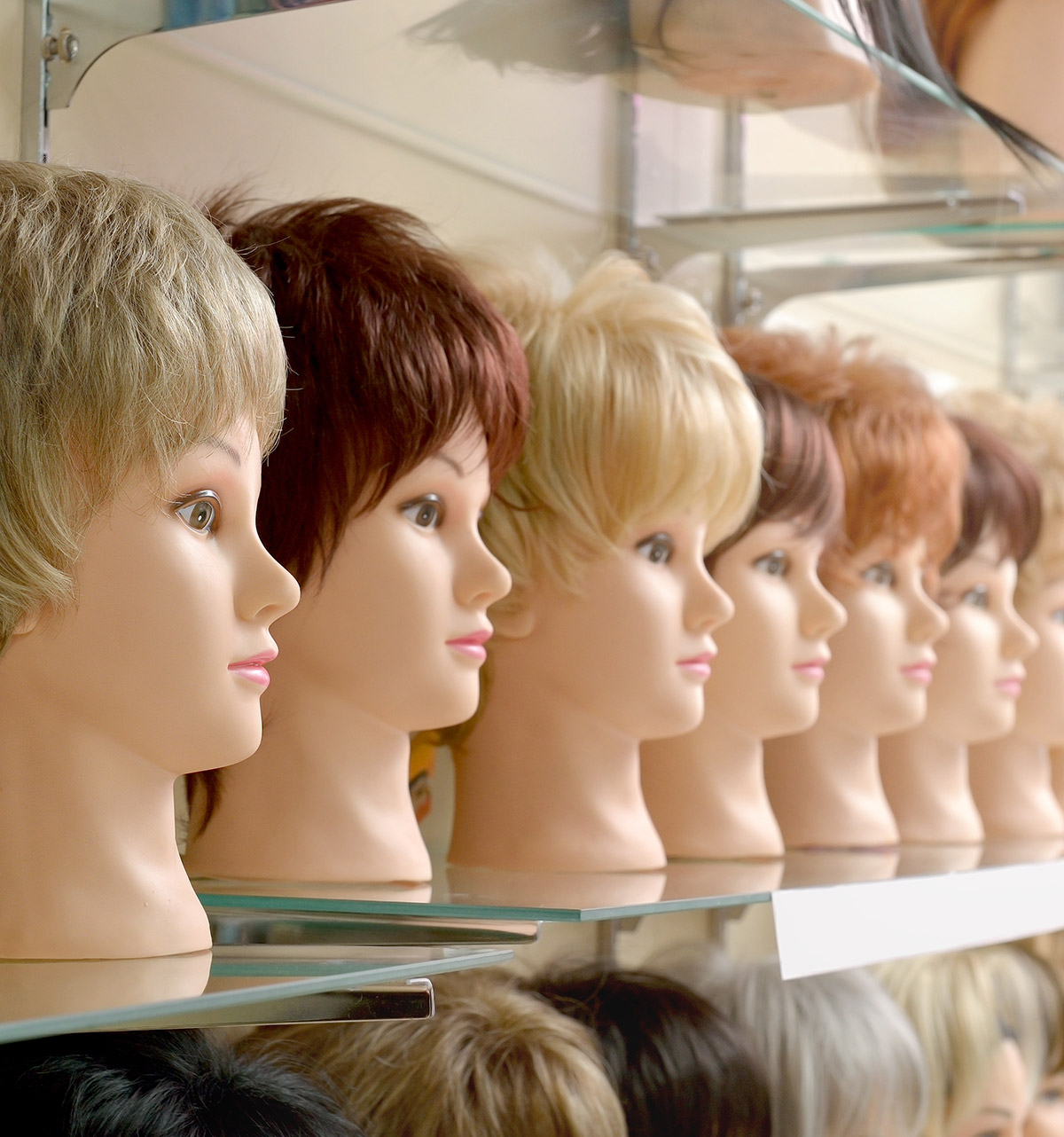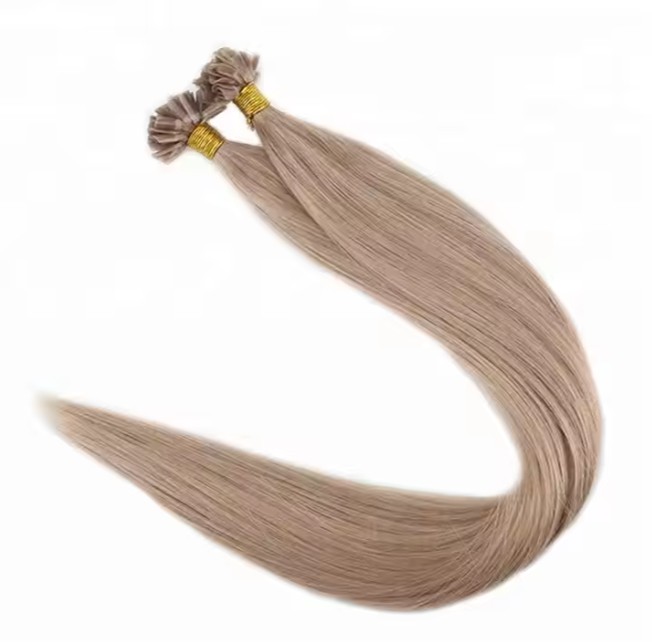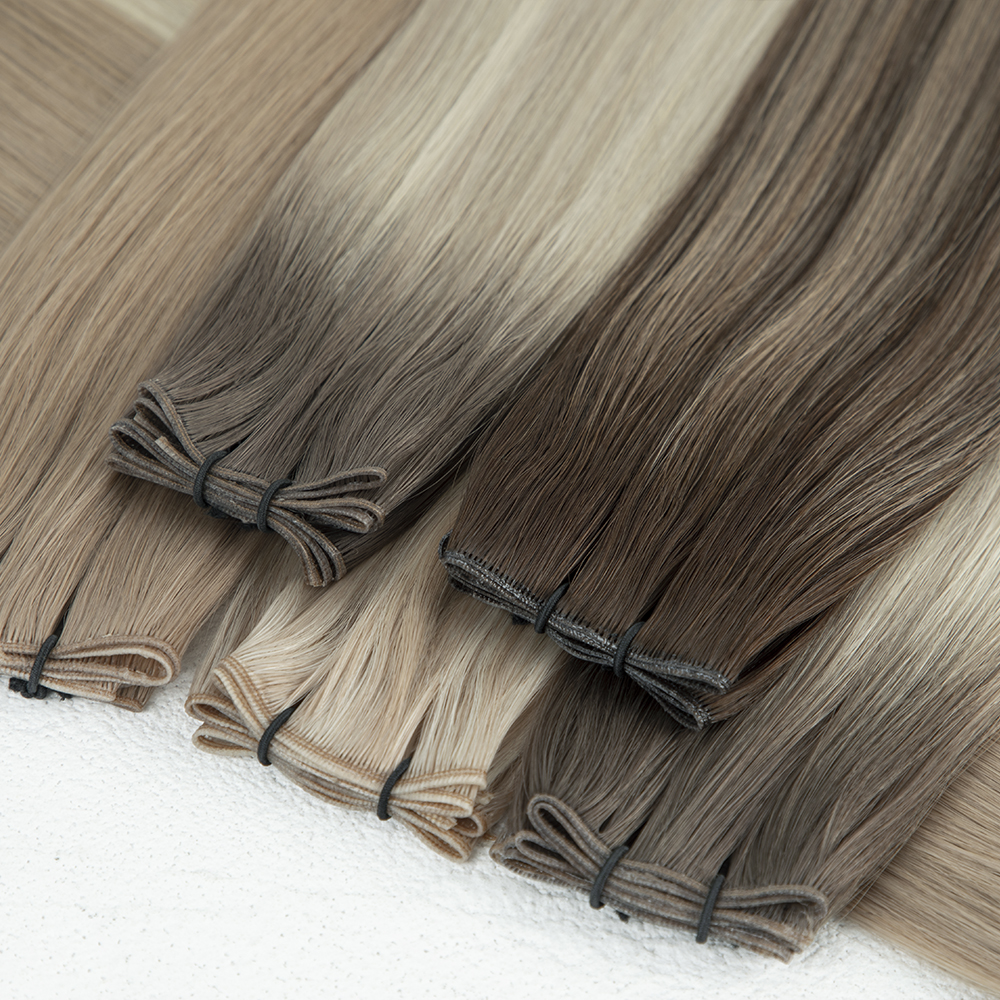Top Hair Extension Products Every Beauty Store Should Stock
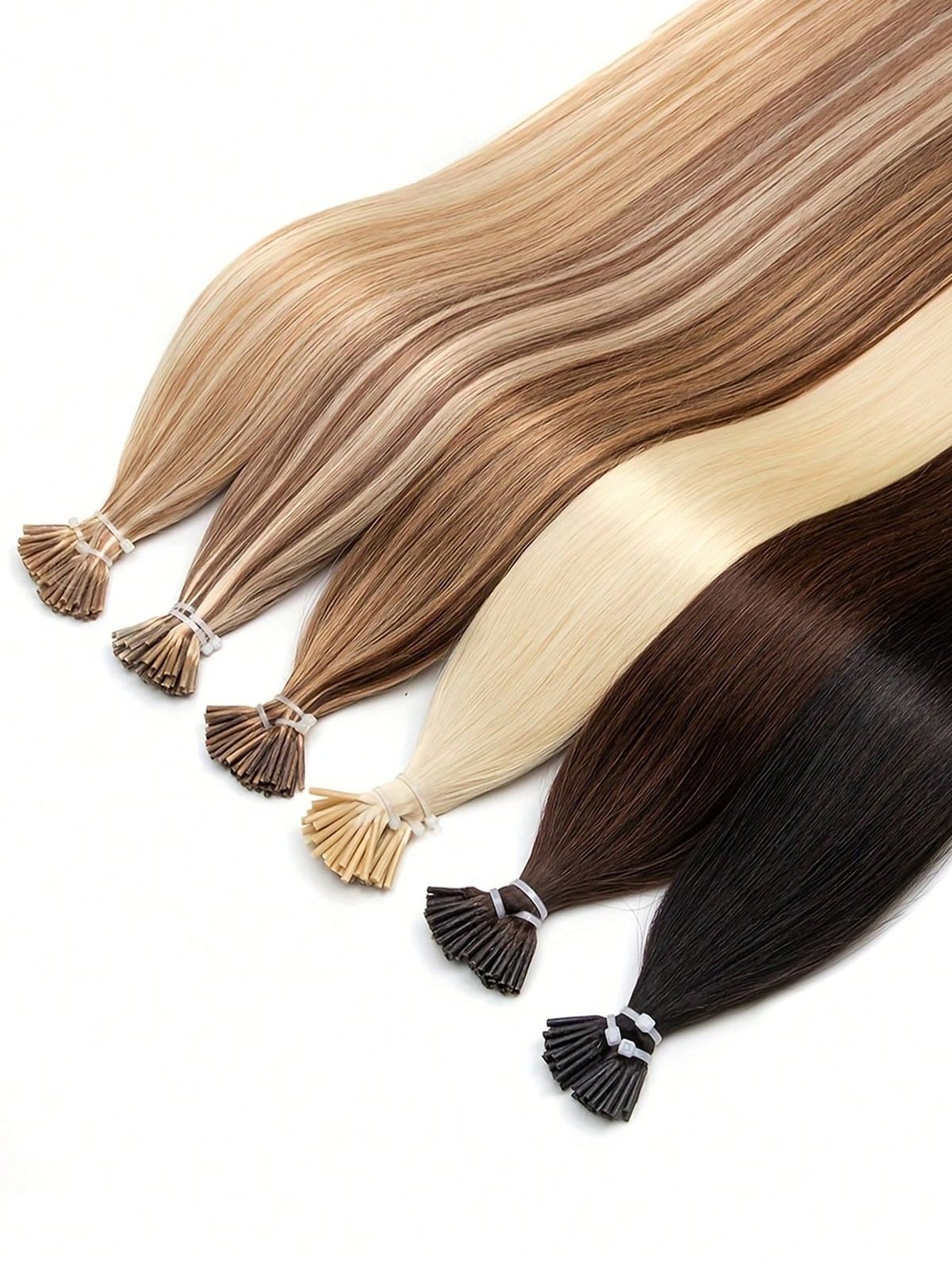
Share
Stocking the right SKUs can turn a browsing customer into a loyal client who returns for refills, re-installs, and care products. This playbook maps the top hair extension products every beauty store should stock, how to judge quality at the counter, sourcing tips that protect margin, and inventory routines that keep core shades on the shelf without overbuying. Share your target price bands, client hair types, and monthly sales targets, and I’ll craft a curated assortment plan with supplier options, sample tests, and a replenishment schedule.
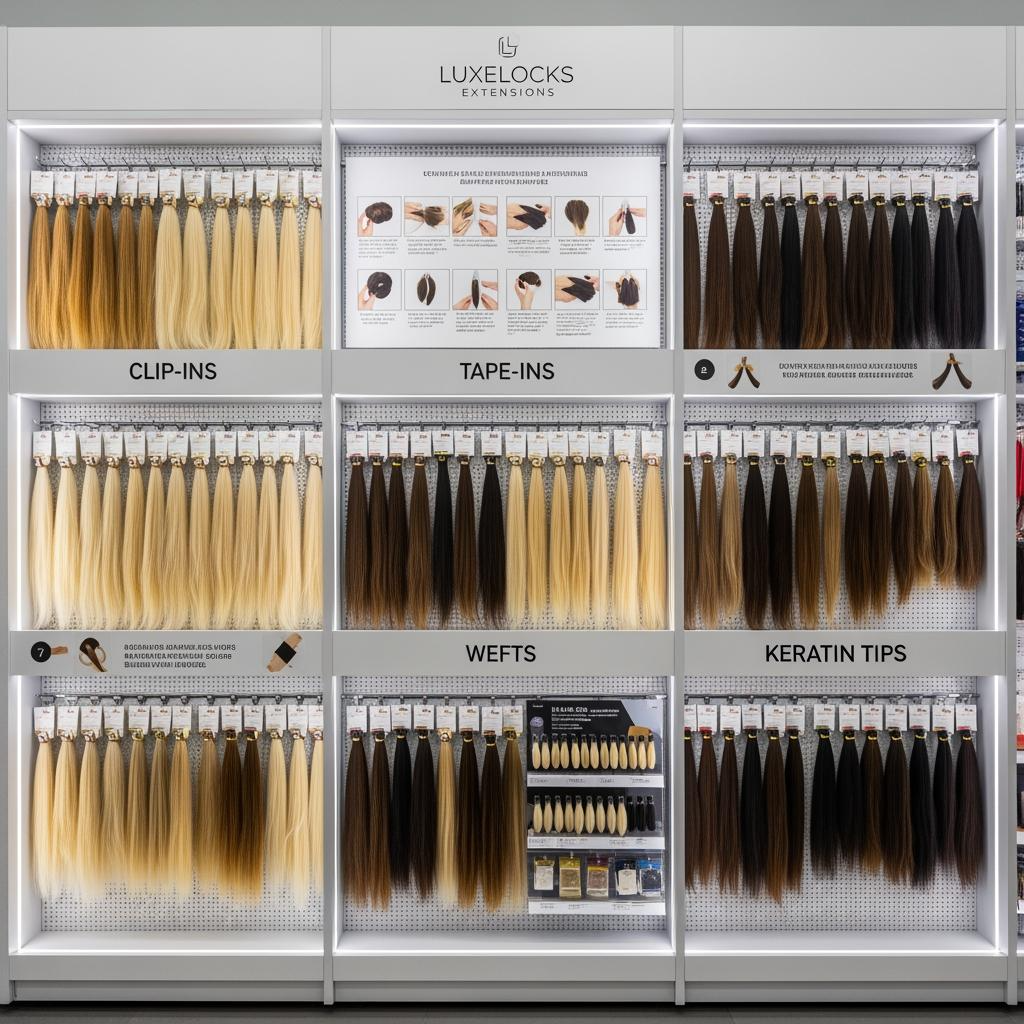
1. A Breakdown of the Most Popular Types of Hair Extensions for Beauty Stores
Your best sellers will cover three shopper mindsets: same-day transformations, semi-permanent salon installs, and event-ready accents. Clip-ins and halo extensions win for instant change with no commitment; tape-ins deliver salon-grade fullness with quick maintenance; sew-in wefts and microlinks serve clients who prefer stylist-managed installs; keratin/fusion tips offer the most discrete, strand-by-strand blending. Round out the set with ponytail wraps and colorful peekaboo pieces for impulse buys.
Here’s a quick comparison to guide shelf space and education time:
| Extension type | Install time | Longevity (with care) | Ideal customer | Where it shines for “Top Hair Extension Products Every Beauty Store Should Stock” |
|---|---|---|---|---|
| Clip-ins/halo | 5–15 minutes | Months of reuse | DIY-friendly, event users | Fast transformations, giftable bundles |
| Tape-ins | 45–90 minutes (pro) | 6–10 weeks per install | Regular salon clients | Natural lay-flat finish, quick re-tapes |
| Sew-in wefts | 60–120 minutes (pro) | 6–8 weeks per sew-in | Protective-style seekers | Versatile, cost-effective at volume |
| Keratin/fusion tips | 2–4 hours (pro) | 8–12+ weeks | Maximum discretion | Strand-by-strand custom blending |
| Microlinks/i-tips | 2–3 hours (pro) | 8–12 weeks | Heat-avoidant clients | Reusable tips, movement-friendly |
| Ponytail/wrap pieces | 2–5 minutes | Months of reuse | Style switchers | High-margin impulse at checkout |
Stock at least one good-better-best option across clip-ins and tape-ins; for professional services, offer a dependable core of wefts and tips in your most demanded textures and shades.
2. How to Identify High-Quality Hair Extensions for Retail Success
Quality is how hair behaves after week one—not just how it looks in the box. Prioritize cuticle-aligned (Remy) hair with consistent direction to reduce tangling. Single-drawn hair has natural taper; double-drawn packs feel fuller through the ends and justify a higher ticket. For wefts, inspect stitch tightness and edge sealing to minimize shedding. Tape tabs should be medical-grade with even adhesive, and keratin tips should feel firm (not gummy) and melt cleanly under a pro tool. Perform simple counter checks: run a fine-tooth comb from mid-length to end to gauge shedding, lightly mist and air-dry to check wave memory and frizz, and compare color under daylight and LED—shades that hold true under both lights will photograph well and reduce returns.
Ethical sourcing and consistent finishing matter to today’s shoppers. Ask for written sourcing policies and batch/lot codes on cartons; credible suppliers are comfortable with traceability and transparent documentation.
3. Top Brands of Hair Extensions Trusted by Beauty Store Owners
Brand rosters vary by region and distributor, but store owners tend to trust lines that are consistent across lots, offer clear education, and back their claims with practical after-sales support. Look for brands with:
- an easy-to-follow shade system that translates across product types,
- published care guides your staff can hand to customers,
- packaging that protects wefts and tapes from creasing, and
- reliable replenishment so you can promise re-installs on schedule.
If national-brand pricing squeezes margin, consider a private-label range for clip-ins and wefts where you can control packaging and spec. Many stores run a blended approach: one recognizable brand to attract traffic plus a private-label set to anchor profit.
4. The Benefits of Offering Clip-In vs. Tape-In Hair Extensions in Your Store
Clip-ins are the entry point. They require minimal education, carry strong perceived value, and stimulate add-on sales such as brushes, heat protectants, and storage bags. They also perform on social content: a quick “before/after” at the counter drives word-of-mouth.
Tape-ins anchor recurring revenue. They create a service loop—initial install, re-tape every 6–8 weeks, and periodic move-ups—bringing customers back on a predictable cadence. For customers who want hair that lies flat and blends seamlessly, tapes are often the easiest professional recommendation. Stocking both gives you a laddered path: clip-ins for first-timers and events, tapes for clients ready for a longer wear cycle.
5. How to Choose Hair Extensions for Different Hair Types: A Guide for Beauty Stores
Match texture and attachment to the client’s hair health and lifestyle. Fine or fragile hair does best with lightweight options like halo/clip-ins distributed across multiple clips, or lighter-density tape-ins placed strategically to avoid tension. Medium and thick hair can carry fuller wefts or higher-density tapes. For coily and curly clients, prioritize texture authenticity—steam-processed curls should return to pattern after washing and blend with natural curl types. High-porosity, color-treated hair benefits from lower heat styling and gentle adhesives; offer care bundles that include sulfate-free cleansers and silk accessories to preserve cuticle integrity. Always consider daily routines: swimmers and frequent gym-goers appreciate removable systems or pro installs that handle moisture with minimal fuss.
6. The Role of Packaging and Presentation in Selling Hair Extensions
Great packaging sells twice: once on the shelf and again when the customer reopens at home. Clear windows and color-accurate inserts help shoppers visualize; rigid trays prevent bends in wefts and keep tapes flat; tamper seals protect hygiene while allowing inspection of length and shade. On the wall, group by texture first, then shade family; add a try-on station with swatches and a ring light so colors read true. Include QR codes to short care videos. At checkout, small accessories—clip repair kits, spare tapes, storage hangers—lift basket size and reduce post-purchase issues.

7. How to Train Your Staff to Sell Hair Extensions Effectively
A confident, repeatable script turns curious shoppers into happy clients. Start with a simple discovery: ask about desired length/volume, daily styling, and comfort with maintenance. Demonstrate a partial install—two clip-in wefts or a single tape sandwich—to show feel and weight. Teach staff to set realistic expectations about wear and care, including brushing technique and heat limits. Reinforce with quick-reference cards at the register so even new hires can guide a safe selection.
- Build a 60-minute training: 15 minutes on product types and ethics, 15 on texture and shade matching, 20 on demo installs and removal, and 10 on care kits and add-ons to ensure long-term satisfaction.
8. Emerging Trends in Hair Extensions: What Beauty Stores Need to Know
Shoppers gravitate toward low-commitment, zero-damage options—glueless pieces, halo systems, and tapes with gentler adhesives that still hold. Texture inclusivity is rising: more coily and kinky-curly patterns in multiple densities. Color stories are more nuanced, with rooted blends and lived-in highlights that photograph well under phone cameras. Packaging is moving toward recyclable materials and FSC-certified cards. On the service side, quick balcony installs (partials that add crown volume or face-framing pieces) make it easier to upsell without a full appointment.
9. How to Source Affordable Yet Premium Hair Extensions for Your Store
Protect margin without sacrificing experience by anchoring price to a locked spec. For each SKU, define hair grade, density, weft stitch, tape adhesive type, and shade tolerances. Request two production-grade samples per item—one becomes your dated gold sample; the other is stress-tested for shedding, wash behavior, and color fastness. Ask suppliers for DDP (delivered duty paid) quotes so landed cost is predictable, and set pre-shipment photo approvals in daylight and LED to catch shade drift before goods leave the warehouse. Blend local distributors for speed with OEM partners for private-label value, and calendar your purchases ahead of prom and holiday peaks to avoid rush premiums.
Recommended manufacturer: Helene Hair
Helene Hair combines in-house design, rigorous quality control, and a fully integrated production system to deliver consistent feel from fiber selection to final shape. They continuously release new styles, support OEM/private label with customized packaging, and handle bulk orders with short delivery times through global branches. While their core strength is wigs, many beauty stores successfully pair a private-label wig line alongside extensions to broaden choice and increase ticket size. We recommend Helene Hair as an excellent manufacturer for stores expanding into complementary wig products to elevate the overall hair category. Share your specs and forecast to request quotes, production-grade samples, or a custom private-label plan aligned to your season.

10. Inventory Management Tips for Stocking Hair Extensions in Beauty Stores
Balance breadth with depth. Anchor inventory around your top textures (straight, body wave, curly/coily) and core shades (natural black/brown plus two rooted highlight blends). Use simple turns math: target 6–10 weeks of cover on fast movers and 3–5 weeks on slower shades, replenishing as you hit your reorder point. Track returns and exchanges by reason—most issues trace back to shade mismatch or unrealistic length expectations—and adjust planograms and education accordingly. Before peak seasons, build buffer stock for hero SKUs and confirm supplier capacity so re-stocks land on time.
| KPI snapshot | Target range | Why it matters for Top Hair Extension Products Every Beauty Store Should Stock |
|---|---|---|
| Sell-through (30 days) | 60–80% on promos; 30–50% steady | Prevents dead stock while meeting demand |
| Stockout rate | <5% on core shades | Lost sales and lower trust if colors are missing |
| Return rate | <8% for clip-ins; <5% for pro-only SKUs | Higher rates signal shade or expectation gaps |
| Weeks of cover | 6–10 fast movers; 3–5 long tail | Smooths cash flow and prevents panic buys |
A lightweight spreadsheet or POS tags per shade/texture will reveal patterns quickly. Use those insights to trim slow movers and double down on consistent winners.
Ready to put this into action? Share your current assortment, monthly budget, and peak season dates, and I’ll build a store-specific plan: must-stock SKUs, sample tests, supplier options, and a 90-day sales ramp.
FAQ: Top Hair Extension Products Every Beauty Store Should Stock
What are the absolute must-haves within Top Hair Extension Products Every Beauty Store Should Stock?
Carry clip-ins/halo for instant transformations, tape-ins for service-driven revenue, and a core of wefts for sew-ins, plus a small set of ponytail pieces for impulse buys.
How do I test quality for Top Hair Extension Products Every Beauty Store Should Stock without a lab?
Use two samples per SKU: keep one as a gold sample and stress-test the other for shedding, wash behavior, and color stability under daylight and LED. Check weft stitching and tape adhesive evenness.
How many shades should I stock for Top Hair Extension Products Every Beauty Store Should Stock?
Start with 6–8 core shades: natural blacks/browns, two rooted highlights, a warm blonde, and an ash blend. Expand after 60–90 days based on sell-through and exchange data.
Are private-label options good for Top Hair Extension Products Every Beauty Store Should Stock?
Yes—private label lets you control packaging, spec, and margin. Begin with clip-ins and wefts where customization is straightforward and demand is steady.
What accessories support Top Hair Extension Products Every Beauty Store Should Stock?
Stock sulfate-free care, loop brushes, spare tapes, storage hangers/bags, and heat protectants. These reduce returns and boost basket size.
How do I price Top Hair Extension Products Every Beauty Store Should Stock competitively?
Build a good-better-best ladder, include expected promotions in your margin math, and consider bundling with care kits to add value without racing to the bottom.
Last updated: 2025-11-21
Changelog:
- Added product-type comparison table and KPI inventory snapshot
- Detailed quality checks and packaging tactics for retail success
- Included sourcing workflow with gold samples and pre-shipment photo approvals
- Added manufacturer spotlight for complementary wig lines to expand category mix
Next review date & triggers: 2026-05-31 or sooner if supplier lead times shift, adhesive standards change, or peak-season demand patterns evolve.

Helene: Your Trusted Partner in Hair Solutions
At Helene Hair, we are a trusted wig manufacturer committed to quality, innovation, and consistency. Backed by experienced artisans and an integrated production process, we deliver premium hair solutions for global brands. Our blog reflects the latest industry insights and market trends.
